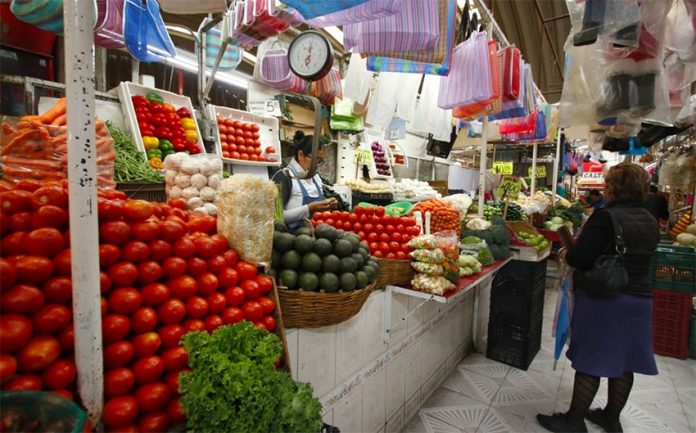Poverty levels increased 3.4% to over 40% of the population in 2020, according to data published by the national social development agency Coneval.
In the final quarter of last year, the monthly income of 40.7% of the working age population was insufficient to purchase a canasta básica, a basic food basket consisting of a selection of foodstuffs including beans, rice, eggs, sugar and canned tuna. The monthly cost of the canasta is about 1,700 pesos (US $84) in urban areas and 1,200 pesos in rural parts of the country.
In the final quarter of 2019, 37.3% of the population was considered poor, and the figure dropped to 35.7% in the first quarter of 2020. However, the coronavirus pandemic caused many people to lose their jobs or see their incomes reduced, and poverty levels increased as a result, reaching a record 44.5% in the third quarter of last year before falling almost four points in the final quarter.
A 6.1% annual increase in the cost of the canasta básica in urban areas and a 7.6% spike in rural areas, as well as overall inflation of 3.5%, also contributed to poverty levels going up in 2020.
Poverty levels increased in 24 of Mexico’s 32 states with the biggest rises recorded in Quintana Roo (+14.7%), where many tourism sector workers lost their jobs last year, Tabasco (+10.4%), Mexico City (+10.4%) and Baja California Sur (+9.1%).

The eight states where poverty decreased were Chiapas, Guerrero, Oaxaca, Morelos, Zacatecas, Michoacán, Querétaro and Nayarit.
With 64.3% of people unable to afford the canasta básica, Chiapas had the highest poverty level at the end of last year followed by Guerrero (58.6%) and Oaxaca (56.6%).
Nuevo León had the lowest poverty rate (24%) followed by Jalisco (25.1%) and Baja California (25.3%).
Source: Milenio (sp)
